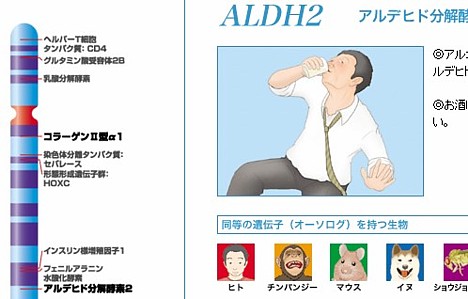 As the number of willing blood donors in Japan continues to decline, the Japanese Red Cross is stepping up efforts to reverse the trend by offering a unique range of services at blood donation sites.
As the number of willing blood donors in Japan continues to decline, the Japanese Red Cross is stepping up efforts to reverse the trend by offering a unique range of services at blood donation sites.
These services include hand massages by Akihabara "maids," hair/scalp health checks, and palm readings. The Japanese Red Cross has organized the services in part to increase the number of repeat donors, considered critical in combating the declining number of blood donors resulting from the aging of the population.
At the Akiba Blood Donation Room near JR Akihabara station, a young woman wearing a white apron over a dark green one-piece dress greets a donor as he enters. "Welcome back, my lord," she says. After the man is finished with his blood draw, she gives him a 10-minute hand massage. The maid, who is an employee at a local foot care salon, was enlisted by the Red Cross in its attempt to capitalize on the local "maid cafe" boom. The Akiba Blood Donation Room is offering this service until the end of March.
A spokesman for the Akiba Blood Donation Room says there were initial concerns about whether the service went too far. But in an attempt to boost the number of weekday donors -- whose numbers are less than half those of their weekend counterparts -- they decided to go ahead and offer the special service to the first 10 people on Mondays, Wednesdays and Thursdays.
Some donors are surprised to encounter a young woman dressed as a maid. But one donor, after giving blood, remarked, "It?s very 'Akiba.' It's fun.?
Several years ago, the Shinjuku station (east exit) blood donation site began offering manicures and hair care advice provided by specialists from the Japan Hair Science Association. Now, those services are firmly established. After the Yurakucho blood donation site began offering tarot card and palm readings last year, many repeat donors began scheduling their visits to coincide with days that fortune-telling services were offered.
Fun aside, the Japanese Red Cross sees the declining number of blood donors as a serious problem. In 1993, 7.2 million people gave blood in Japan, compared to 5.6 million in 2003. Donors under 30 years of age, who made up 47% of the total in 1993, fell to 35% of the total in 2003.
Over the next five years, the Red Cross hopes to increase the number of repeat donors (who give more than once a year) from the current number of 930,000 to 1.2 million. They will begin offering other services to people who register for membership on the "repeater" homepage, such as free health consultations from doctors and health counselors at each blood center.
The demand for blood fluctuates with the occurrence of major disasters and accidents. By boosting the number of weekday donors and repeaters, the Red Cross hopes to secure a stable supply of safe blood.
[Source: Yomiuri Shimbun]


 As the number of willing blood donors in Japan continues to decline, the
As the number of willing blood donors in Japan continues to decline, the  More details about
More details about 